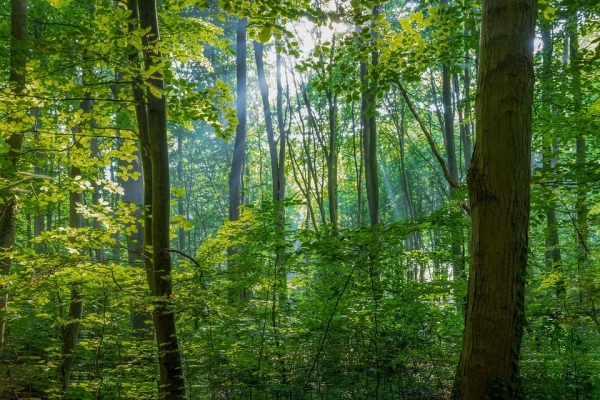Trees and forests are often seen as symbolic of nature, and for good reason: They are vitally important to both the planet and to people. More than three-quarters of the world’s terrestrial biodiversity occurs in forests. Wooded areas filter and manage rainwater, provide shade, soak up pollution, regulate climate, provide oxygen, and salve our spirits.
In the face of threats from deforestation, ecosystem degradation, pests, and more, about 38 percent of the planet’s 166,000 tree species are now at risk of extinction, according to an October assessment from the IUCN. Increasing the planet’s tree coverage would have positive benefits for the climate and our ecosystems, scientists agree, but how we go about that is complicated.
In an interview with Yale Environment 360, Jake M. Robinson, a researcher in restoration genomics at Flinders University, in Adelaide, South Australia, talked about how reforestation efforts can go awry if done poorly, reducing biodiversity and harming local populations.
Read more at: Yale Environment 360
Photo Credit: analogicus via Pixabay
Sci/Tech Top Stories Climate Agriculture

